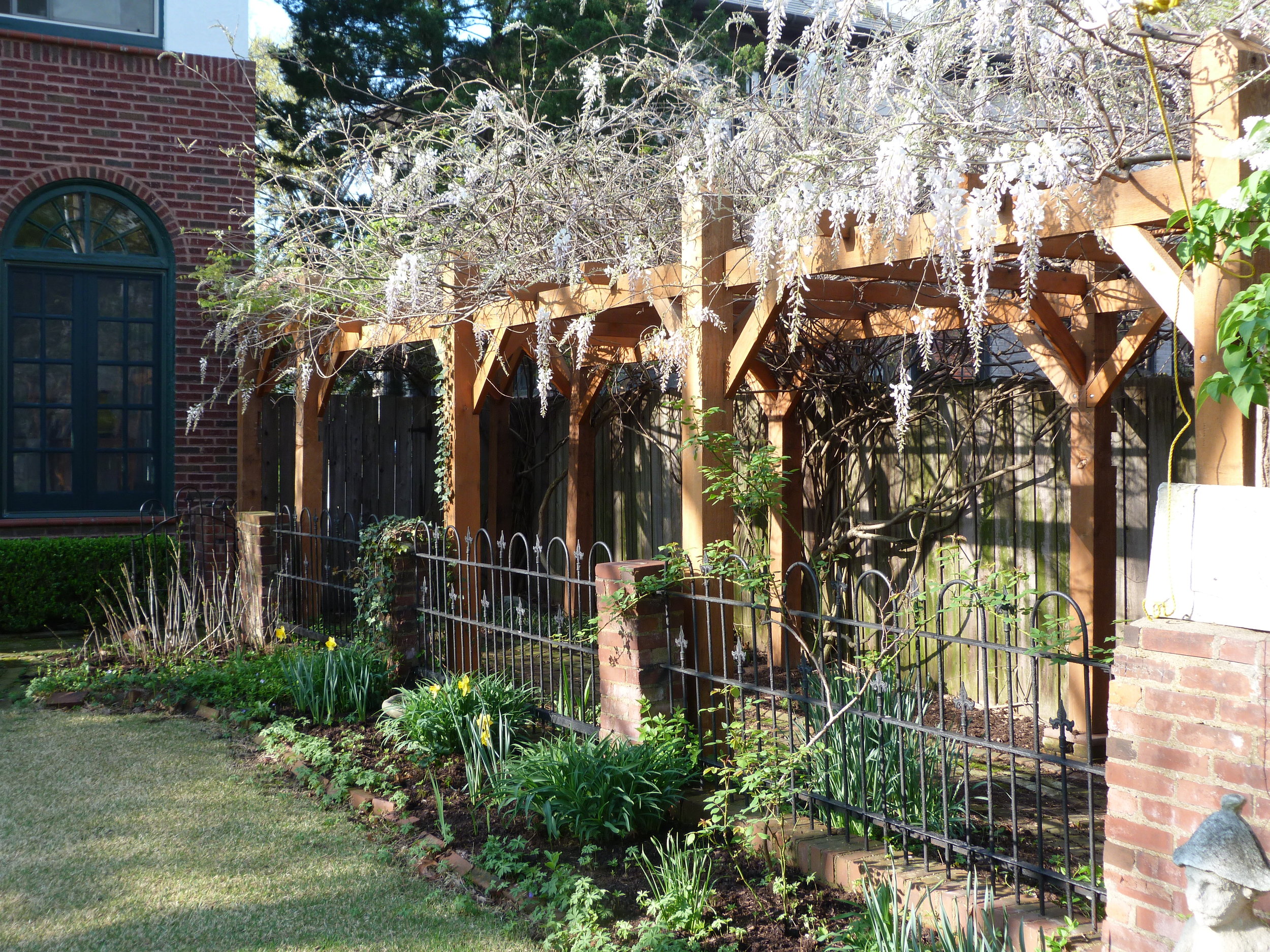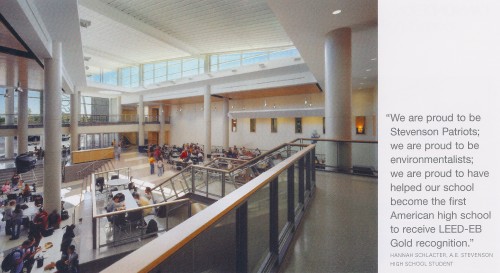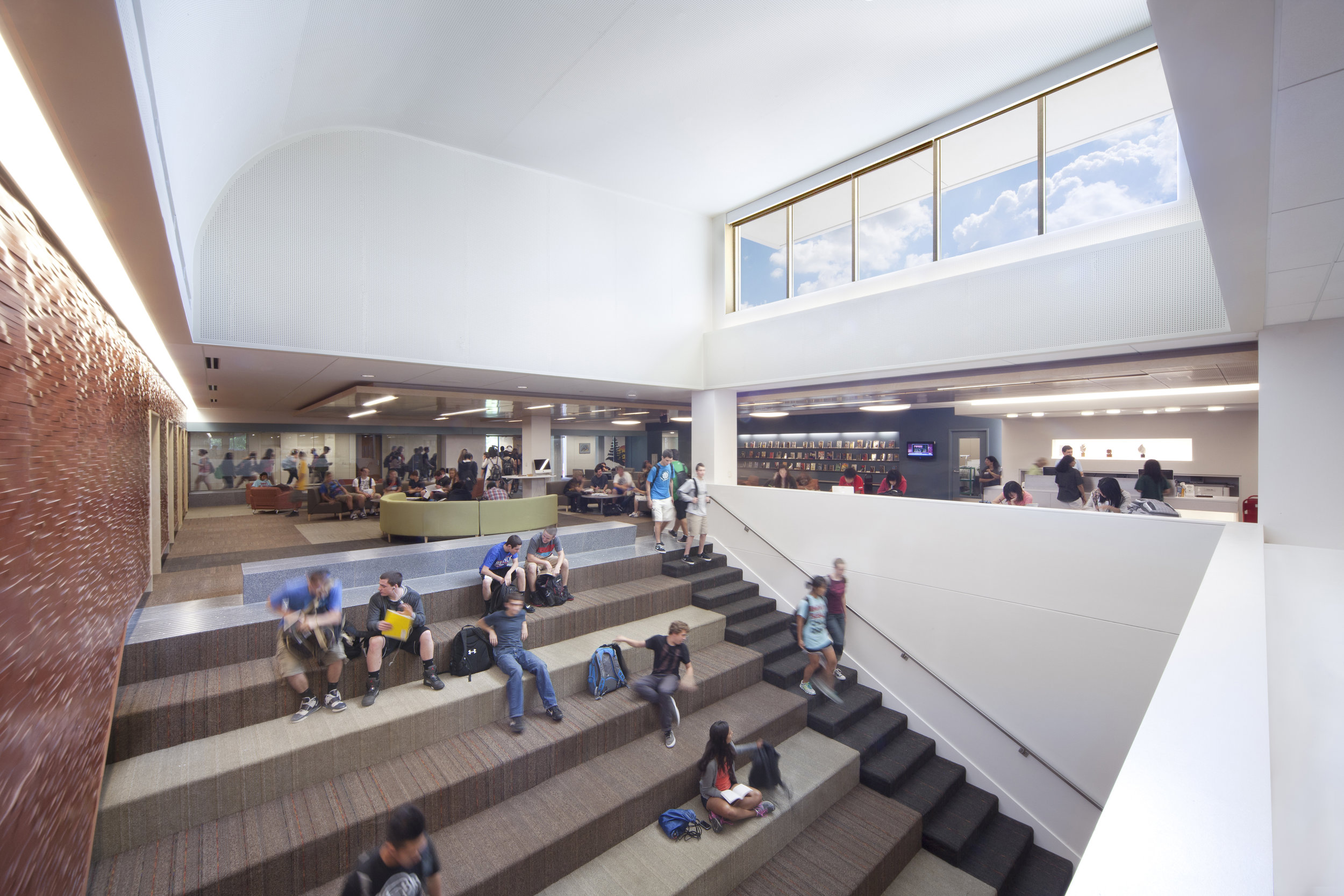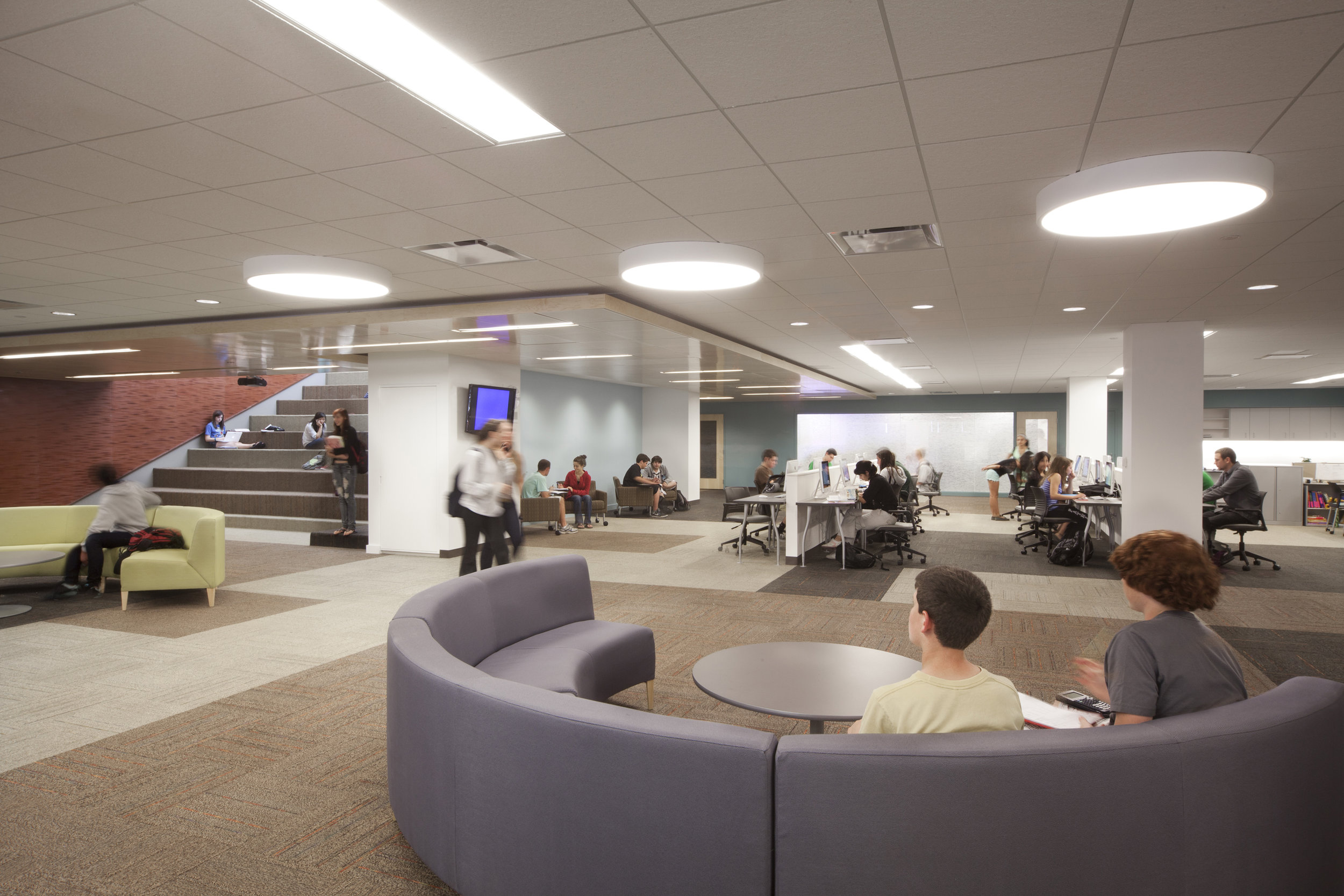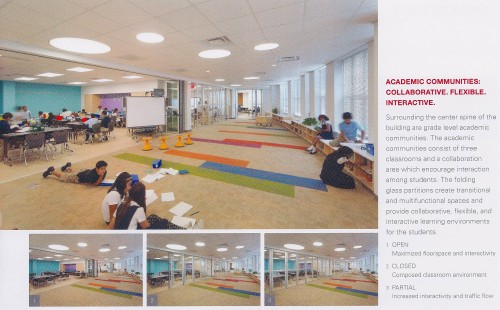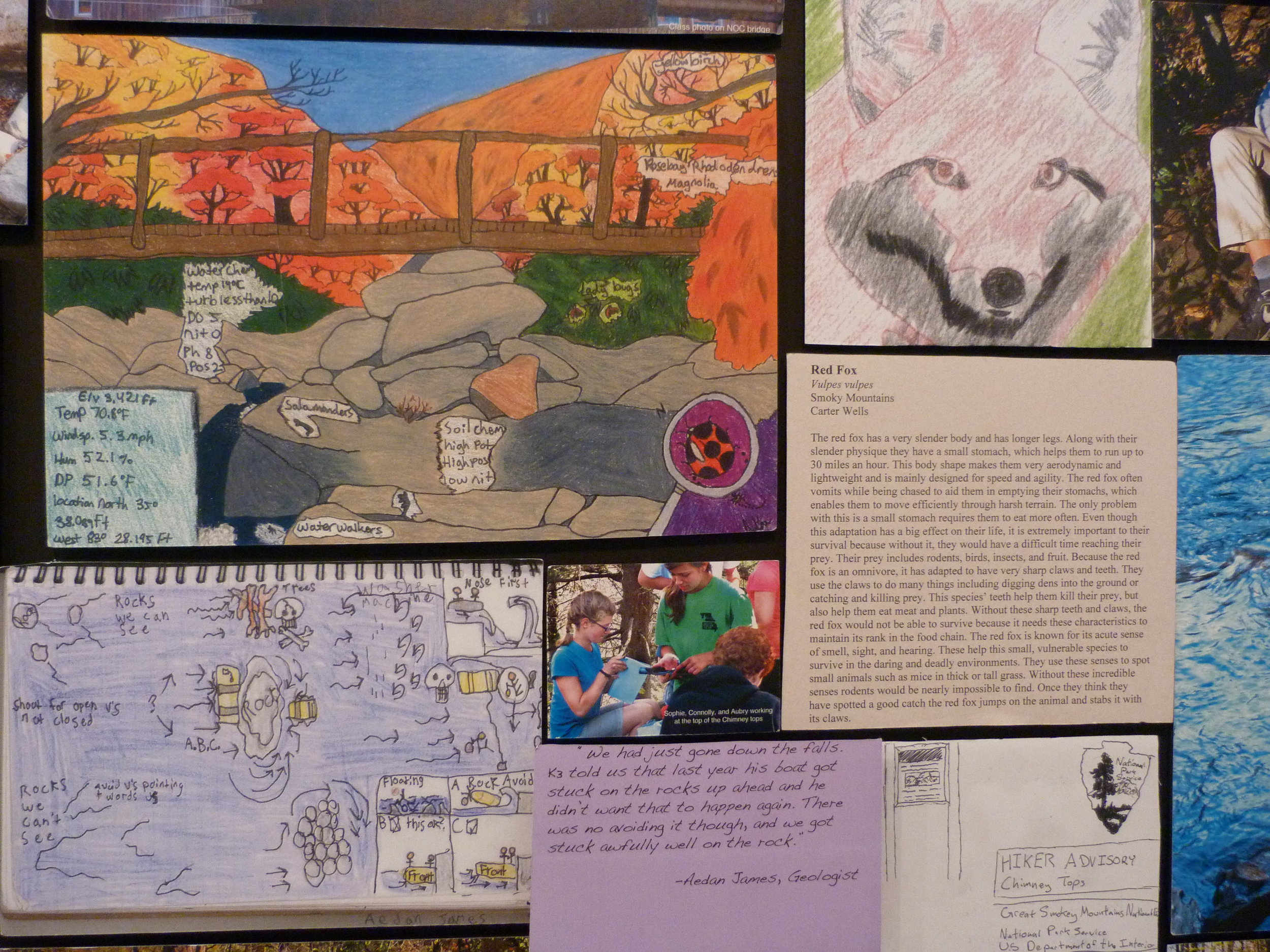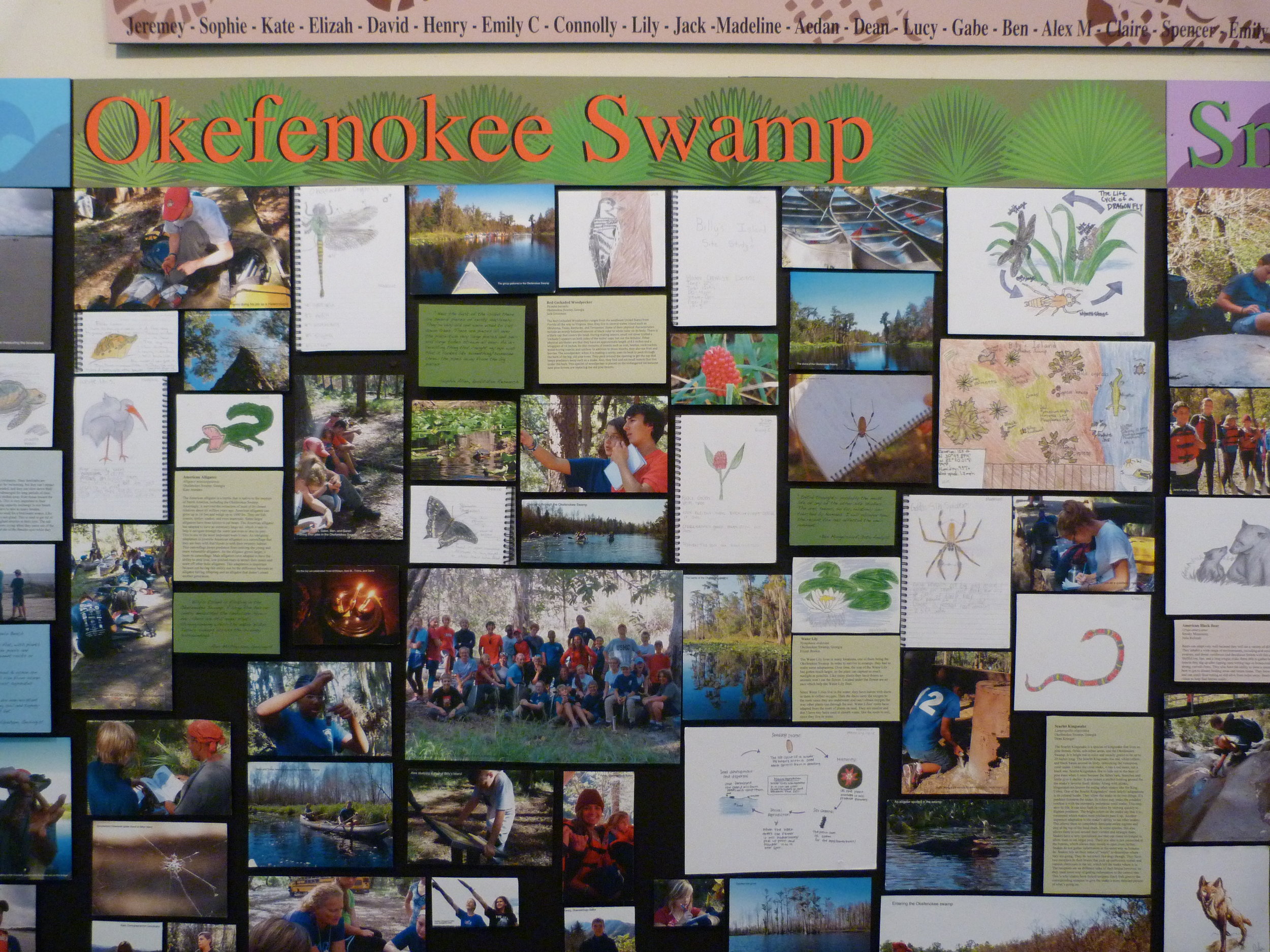This is a sequel to an earlier blog on baseball and the World Champion St. Louis Cardinals.
As I write this, The Masters Tournament, one of four major tournaments on the Professional Golf circuit, is beginning in Augusta, Georgia. It’s a GREAT tourney, always; played every year on the same golf course. There have been many great champions.
Yesterday, one of the greatest champions, Gary Player, from South Africa, three time Masters champion, gave a thirty minute interview to the press. (Of the thumbnail choices, Gary Player is the gent top right, in a green jacket)
He reflected on his professional career highlighted by his long standing competition with Arnold Palmer and Jack Nicklaus. Player is now 76 years old, Palmer 82, and Nicklaus 71. Player recounted that together they have won over 350 tournaments world wide, and 56 major championships...playing against each other all the time. Player said, I have such a deep and abiding love and respect for Arnold and Jack. We’ve been so competitive with each other. We always want to beat the heck out of each other, and when we’re done with the match, we look whichever of us won in the eye and say WELL PLAYED... and I’ll get you next time. We’re such great friends.
And then he went on to say, You know, there’s a famous American football coach who once claimed, Show me a good loser and I’ll show you a non-winner. I say, that’s nonsense. You lose way more than you win.
I’ll always remember what my father told me very early on. He was a miner in South Africa, and he loved to play golf. He gave that passion to me. He told me, You’re going to lose more than you win. Enjoy the success of others because when you have success you want them to enjoy yours.
It’s this attitude that we want to engender in our students. We want to create collaborative environments in which excellence is the norm, in which children strive together to get better at everything from math to public speaking, writing to movement, reading to throwing pots. We want children to compare themselves to each other in healthy ways. We want children to appreciate the success of their peers. And when a child succeeds at something, anything, we want her/him to feel the joy that comes from the applause of others.
This morning, Arnie, Jack and Gary were the ceremonial starters at the Masters. They represented years of tradition and good sportsmanship. Their role was purely ceremonial. They were each to hit a drive from the 1st tee. Arnie drove his 210 yards down the middle. Jack hit a towering ball, 230 yards. Gary striped one 250 yards. He “won.” They all cheered, laughed and shook each others hands looking into each others eyes with pure joy on their faces. Photo by Jack Gruber, USA TODAY





